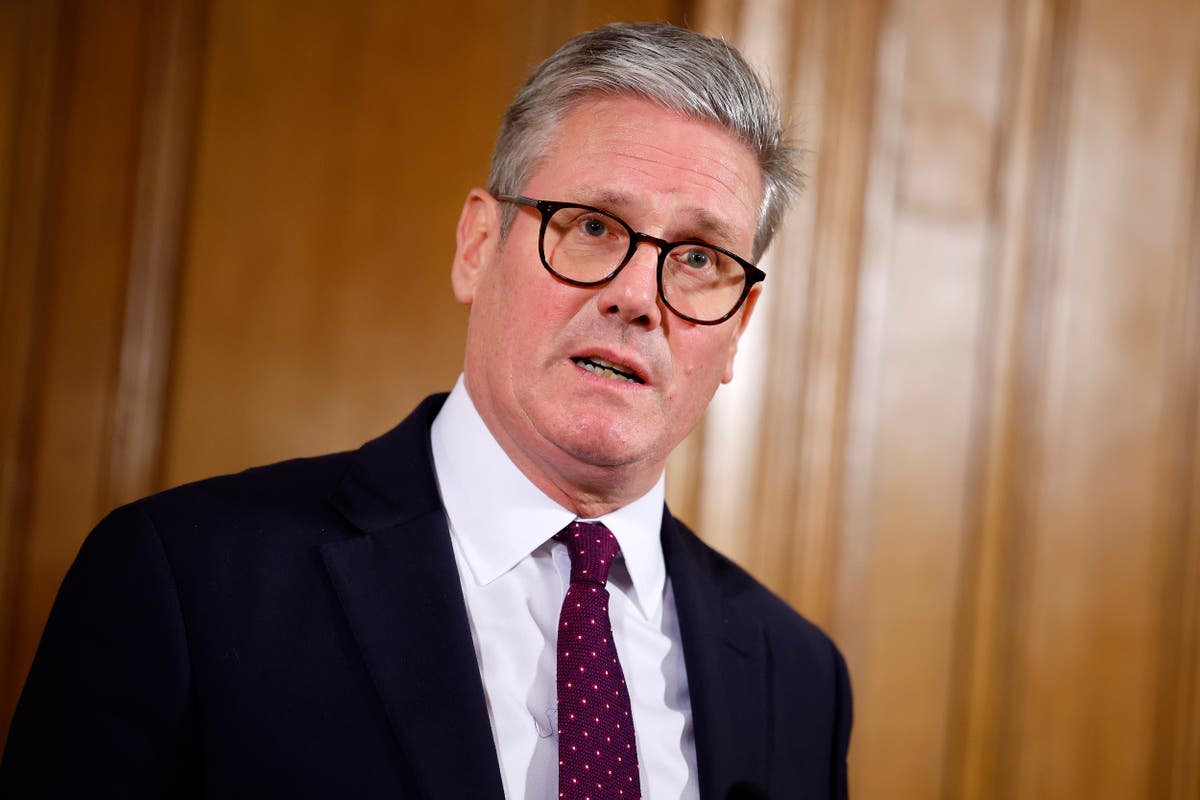[ad_1]

“Vague and inconsistent” national climate plans that over-rely on green hydrogen, biofuels and underground storage of carbon emissions endanger the EU’s 2030 climate commitments, experts at the European Climate Neutrality Observatory (ECNO) have warned.
In a report published on Wednesday (31 January), researchers gathered data from member states to develop a “snapshot” of the clarity and internal consistency of the national energy and climate plans (NECPs).
They concluded that Italy, Hungary, the Netherlands, Spain and Sweden have “failed to deliver robust plans for climate progress over the next six years.”
Member states update their plans every five years and are due for re-submission in June 2024. The relatively long period covered carries the risk governments may face shortages or unexpected competition for vital resources if plans are insufficiently detailed.
Poor planning and transparency
One issue raised by the report’s authors is a need for more transparency on how the emission targets will be accomplished.
The combined shortfall across the five national plans in total comes to 101 megatonnes of climate-warming carbon dioxide (CO2) annually by 2030 — more than Austria’s annual emissions, for instance.
A more profound criticism is aimed at the poor system-wide planning, which is needed to allocate enough power and resources for the expected scale-up of biofuels and renewable hydrogen for future industries.
Although the targets are included in the plans, it’s unclear where the supply to sustain them would come from, which could lead to countries missing their climate targets.
“We need to avoid a situation where our demand for biofuels or green hydrogen outstrips the available supply,” said Julien Pestiaux, lead author of the report, adding that governments need to avoid “blind over-reliance on limited resources.”
Green hydrogen
Another example highlighted in the report where national plans fall short is so-called green hydrogen. Made from wind and solar power, green hydrogen is expected to replace existing hydrogen made with gas.
It could play a role in producing green steel, cement, certain chemicals and fertilisers. And some member states are investing heavily in developing this technology. But tt does not exist commercially yet. And to produce it requires a lot of green power.
Therefore, national plans must realistically account for where to source this power to avoid future bottlenecks. For example, around 40 terawatts of electricity will be required in the Netherlands in 2030 to cover domestic renewable hydrogen production.
This represents between 30 and 40 percent of all projected green power production in the country, sucking up much of the power needed for the direct electrification of cars, vans or electrified heating alternatives in homes.
Sign up for EUobserver’s daily newsletter
All the stories we publish, sent at 7.30 AM.
By signing up, you agree to our Terms of Use and Privacy Policy.
Direct electrification reduces emissions faster and more efficiently than replacing heat with green hydrogen.
Renewable hydrogen targets unsupported by green power plans could, therefore, outstrip the available supply of renewable electricity, which, the researchers warn, could lead to the country missing its renewables targets and lock in continued reliance on fossil fuels.
Biofuels and carbon capture
Vague plans for expanding biofuels like ethanol and biodiesel derived from plant material, like palm oil, rapeseed, sugar cane, maize and other grains, could similarly derail national efforts to become more sustainable.
Although national plans have clear 2030 biofuel targets, they are partly based on imports. But the plans do not clarify where the imported supply would come from, which Pestiaux said could result in “land grabs and accelerated deforestation around the world.”
The report also highlighted an over-reliance on underground carbon storage, or so-called Carbon Capture and Storage (CCS) projects.
CCS technology has been around since the 1970s and is typically used to pump up the last bit of oil out of nearly depleted reservoirs. As a way to reduce emissions, however, the technology has a bad track record.
Despite significant industry and government investment in the technology, environmental researchers have shown that 80 percent of proposed CCS projects have failed to become operational due to high cost, a lack of credible financial return, over-reliance on state subsidies and “low technological readiness.”
Similarly, research by Oxford University’s Smith School of Enterprise and the Environment published in December found that heavy reliance on CCS to reach net-zero targets would be “hugely economically damaging”, costing at least $30 trillion [€27 trillion] more than decarbonisation based on renewable energy would.
Still, the Italian government especially relies heavily on CCS to achieve climate targets but has outlined no alternatives or backup plans in case the technology fails to take off—this could “lock in continued fossil fuel dependency,” the ECNO researchers wrote.
International Energy Agency chief Fatih Birol has previously delivered a scathing assessment of CCS heavy pathways as “pure fantasy.”
[ad_2]
Source link







/cdn.vox-cdn.com/uploads/chorus_asset/file/24016884/STK093_Google_05.jpg)
:quality(70)/cloudfront-eu-central-1.images.arcpublishing.com/irishtimes/O34QN5HRPVMYZB533FBQPFVJ5A.jpg)










